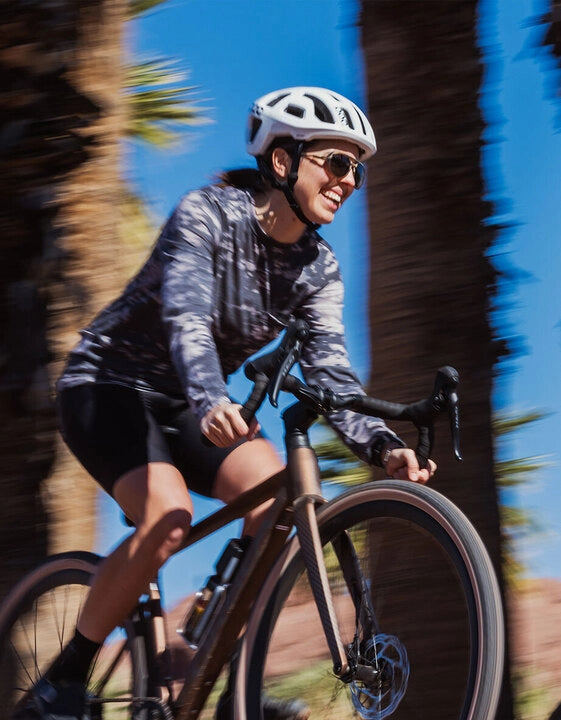What Are the Classes of E-Bikes, Who They're Intended For, & Some Top Models
Electric bikes are classified into three main categories: Class 1, Class 2, and Class 3. Each class has its unique characteristics, advantages, disadvantages, and are designed for different types of use cases on the road or off-road. Below we breakdown each class along with some top models in each category:
Classes of E-Bikes, Intended Use & Top Models
Electric bikes, commonly referred to as e-bikes, are classified into three main categories: Class 1, Class 2, and Class 3. Each class has its unique characteristics, advantages, disadvantages, and is designed for different types of users. Here's a breakdown of each class along with some top models in each category:
Class 1 E-Bikes
These e-bikes are pedal-assist only, meaning the motor assists only when the rider is pedaling. The motor ceases to provide assistance when the bike reaches 20 mph.
Pros:
- Ideal for beginners due to their intuitive pedal-assist system.
- Allowed on most trails and paths where regular bikes are permitted.
- Generally lighter than Class 2 e-bikes.
- Often get longer range here and therefore have less range anxiety
- Relatively quiet.
Cons:
- Limited top speed compared to Class 3.
- No throttle, so riders must pedal to activate the motor.
- May require more effort on hills than other classes.
Intended for: Casual riders, commuters, and off-road cyclists.
Top Models: Specialized Turbo Vado, Giant Explore E+, Benno Boost E 10D Class 1, Cannondale Quick Neo
Class 2 E-Bikes
These come with a throttle-assist in addition to pedal-assist, and the motor can propel the bike up to 20 mph even without pedaling.
Pros:
- The throttle feature is helpful for starting from a stop or getting a quick boost without pedaling.
- Suitable for those who may need a break from pedaling due to fatigue or injury.
Cons:
- May be restricted on certain trails and paths where only pedal-assist bikes are allowed.
- Typically heavier than Class 1 e-bikes.
- Some exercise benefits lost with throttle use
Intended for: Urban commuters, recreational riders, those looking for a little extra help with pedaling.
Top Models: Rad Power Bikes RadRover, Aventon Pace 500, Juiced Bikes CrossCurrent.
Class 3 E-Bikes
These are pedal-assist only, but the assistance continues up to 28 mph. They often include a speedometer.
Pros:
- Higher top speed, ideal for faster commuting.
- Often include advanced features like integrated speedometers.
Cons:
- Not allowed on many bike paths and trails due to their higher speeds.
- Can be more expensive due to advanced features.
- Typically shorter range, higher cost
Intended for: Speed-oriented commuters, long-distance riders, those comfortable with higher speeds, experienced riders who want a powerful and fast e-bike.
Top Models: Benno eJoy 10D, Stromer ST5.
Summary
Each class of e-bike offers distinct features catering to different user needs. Class 1 e-bikes are great for leisure and off-road cycling, e-MTBs etc, Class 2 suits urban environments and those needing occasional assistance without pedaling, and Class 3 is best for speed enthusiasts and long-distance commuters. The choice of class largely depends on the user's requirements, local laws, and where they plan to ride. At TPC we carry bikes from each class, from awesome commuter class 3 bikes to trail shredding class 1 e-MTBs.

Bikes are meant
to be used.
